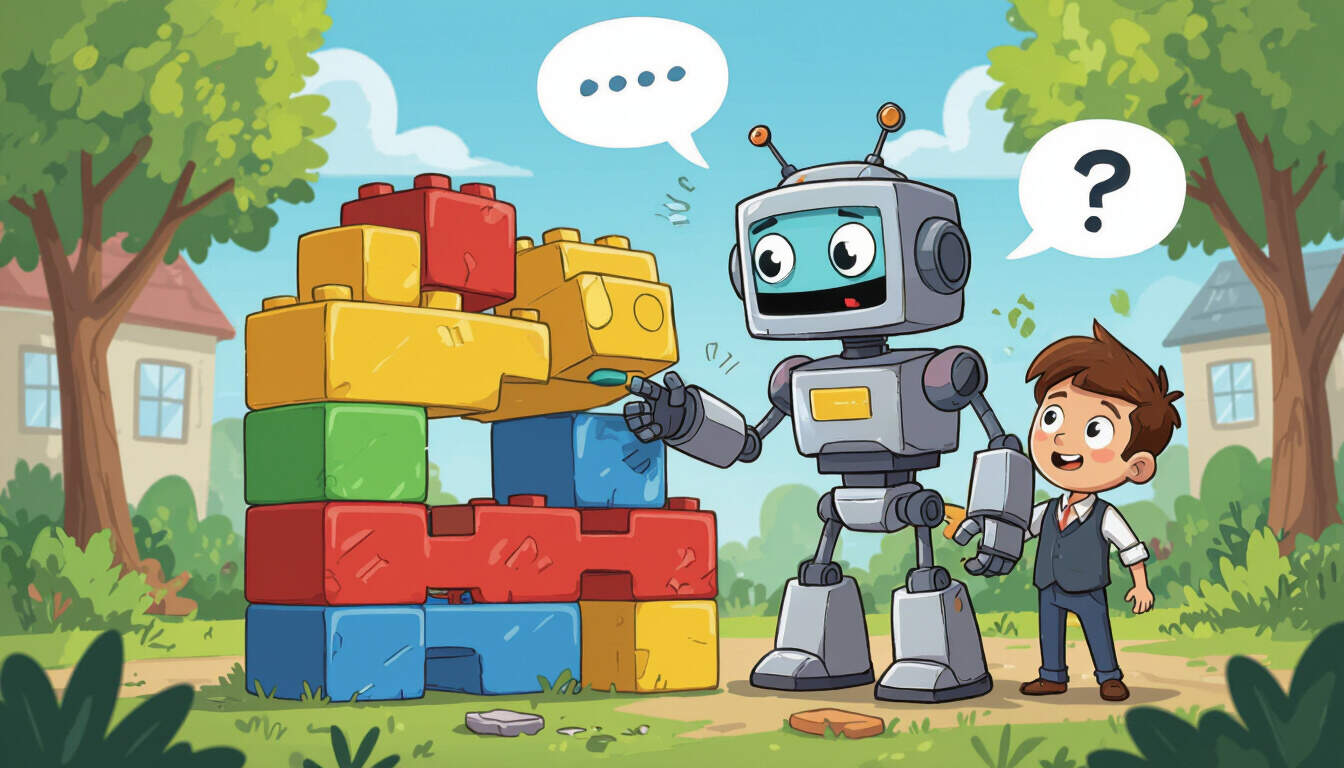Zero-Code Tools for Validating Customer Service MVPs in Startups
 by Verner Mayer
by Verner Mayer
Discover how zero-code tools simplify the process of building and testing customer service MVPs, allowing startups to gather feedback efficiently without coding expertise. This approach saves time and resources while ensuring ideas are validated effectively.

Many startups face the challenge of testing new ideas quickly, especially in customer service. Zero-code tools offer a practical solution by enabling teams to create prototypes without programming skills. These tools allow entrepreneurs to focus on core concepts rather than technical details.
Why Zero-Code Tools Matter for Startups
In the early stages of development, validating a minimum viable product (MVP) is essential. For customer service, this means building a simple version of a support system or chatbot. Zero-code tools make it possible to assemble these elements using drag-and-drop interfaces, reducing the time needed to get started.
Startups often work with limited budgets, so efficiency is key. By using these tools, teams can iterate on designs based on user input. For instance, a basic customer service app can be tested with real users to check if it meets their needs.
Strategies for MVP Validation in Customer Service
One effective strategy involves creating a prototype that simulates key interactions. This could include a simple form for user queries or an automated response system. MVP validation through zero-code platforms ensures that feedback is collected early, helping to refine the product.
Consider starting with user surveys integrated into the prototype. This gathers data on what works and what doesn't. Another approach is to run small-scale tests with potential customers, using the tool's built-in analytics to track engagement.
- Choose tools that support easy integration with external services, like email or messaging apps.
- Set clear goals for your MVP, such as resolving common issues quickly.
- Gather feedback through in-app forms or follow-up emails.
These steps help startups build a customer service solution that aligns with user expectations.
Exploring Popular Zero-Code Options
Several zero-code tools stand out for their user-friendly features. For example, platforms that allow visual building of apps enable quick assembly of customer service features. Users can design workflows for handling inquiries without writing code.
In practice, a startup might use such a tool to create a dashboard for monitoring support tickets. This setup lets teams respond faster and improve service quality over time.
Practical Steps to Get Started
Begin by identifying the core problem your customer service MVP will solve, like reducing response times. Then, select a zero-code tool that fits your needs. Once selected, sketch out the basic layout using pre-built components.
After building the prototype, share it with a small group of users for testing. Startup customer service relies on this kind of real-world input to make adjustments. For instance, if users find the interface confusing, you can tweak it easily without delays.
Keep track of metrics such as user satisfaction and resolution rates. This data guides further improvements and ensures the MVP evolves into a full product.
Realizing Benefits Through Examples
Imagine a new startup launching a subscription service. They use zero-code tools to build a simple chatbot for handling FAQs. By testing this with early users, they discover that response accuracy needs enhancement. Quick modifications lead to better outcomes, validating the idea before full investment.
In another case, a product manager tests a ticketing system prototype. Feedback shows that mobile access is crucial, prompting an easy adaptation. These examples highlight how zero-code approaches accelerate learning and reduce risks.
Overcoming Common Hurdles
While zero-code tools are straightforward, challenges like learning curves can arise. Startups should allocate time for team training to maximize benefits. Additionally, ensure that the chosen tool scales with your growth to handle increasing demands.
By addressing these areas, teams can maintain momentum and achieve successful validations.
Final Thoughts on Implementation
Adopting zero-code tools for customer service MVPs empowers startups to innovate confidently. The ability to test and refine ideas swiftly leads to stronger products and satisfied users. As you move forward, remember that consistent testing and adaptation are vital for long-term success.
This method not only streamlines development but also fosters a culture of continuous improvement within your team.
